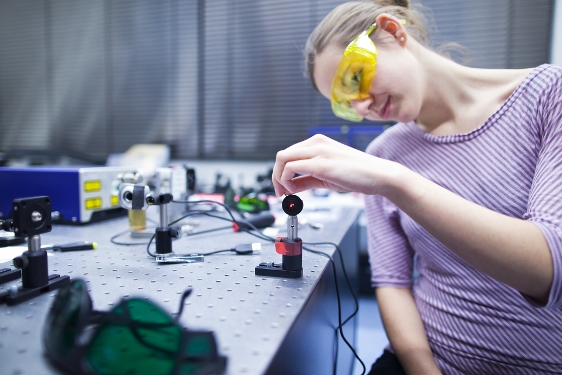It seems that CERN has successfully repeated the neutrino experiment, what’s next?
One main target of the research efforts at CERN, however, is the investigation of the Big Bang. By accelerating elementary particles nearly up to the speed of light and shooting those at each other, scientists attempt to reach the ultra-high energy density of the assumed Big Bang. One result may be the completion of the physicists’ fundamental particle list with a so called “Higgs particle”. This postulated Higgs particle provides matter with mass features by broken symmetries of energies and a theoretical mass background field. The scientific confirmation of this assumption is a critical milestone, because, if such a theoretical particle does not show up, physicists will be forced to dismiss the current standard model of physics and to rethink Galileo and Newton’s historical platforms of fundamental physics.
Another result may be the generation of tiny black holes, which are predicted to be unstable and immediately evaporate, although scientists do not have a clue whether dark energy and dark matter may somehow intervene in such a process, particularly since dark energy and dark matter dominate our universe with today’s presumed 96 per cent of the total energy. An alternative to the model of broken symmetries is possible if we consider the construction of elementary particles. Einstein’s space-time continuum supports such an alternative approach because it is actually asymmetrical, consisting of the three space-dimensions (length, width, height) and a physically fourth also treated as a time-dimension. This view could call a Higgs particle into question, explaining the mass feature of matter by changing aspects of an asymmetrically curved space-time environment with perceived segments of acceleration, deceleration and inversion.
New hope to solve those riddles of the universe is currently growing in another exciting research field: high energy laser physics and technologies. A European laser project is building the most powerful lasers on Earth. About 40 research centres and academic institutions in 13 countries of the European Union are participating in the so-called “Extreme Light Infrastructure“ (ELI) project. ELI is designed to reveal further secrets of matter and electromagnetism on ultra-short timescales.
The first three sites of ELI will be situated in Prague (Czech Republic), Szeged (Hungary) and Magurele (Romania), and they will be operational by 2015. An additional fourth site will be selected next year. The European Community has given €700 million to this project.
In Prague, ELI will focus on beams of compact laser plasma accelerators; in Szeged it will investigate ultra-fast evaluation methods with attosecond intervals (an attosecond is an amazing billionth of a billionth of one second); and in Magurele it will support laser-based nuclear physics. The fourth location will host the most powerful laser ever built. The laser will reach for extremely small fractions of a second–and astonishing 200 Petawatt–which is about 100,000 times the united power of the total electric grid around the world.
Today, the effects of electromagnetism are described in great detail by physicists and widely used in daily life by engineers but the real origins and true nature of electricity and magnetism are without any doubt still a secret that has to be uncovered. We know that electricity and magnetism are two sides of the same coin, although they appear with different features such as electrostatics of particle charges and magnetic dynamics of the particle spin. Electromagnetism indicates again the asymmetrical observation from an individual location within Einstein’s space-time in the sense that one effect appears static and the other dynamic. Any electromagnetic oscillation, like the light beam of a laser or the TV-signal for the satellite dish, appears as a wave or as a particle, just depending on the observation method. This curiosity expresses another unsolved riddle of an asymmetrical perspective and is called “the dualism of wave and particle”. Laser photons can be converted into pairs of electrons and positrons, obviously by a rotational process in space-time, shooting those at the atomic nuclei.
The better understanding of electromagnetism at ELI and other research centres will be another important key to untangle secrets from nature. ELI will be serious competitor to CERN with regards to research in particle physics, nuclear physics, gravitational physics, nonlinear field theory, ultrahigh pressure physics, astrophysics and cosmology.
By Dr. Henryk Frystacki http://www.frystacki.de







